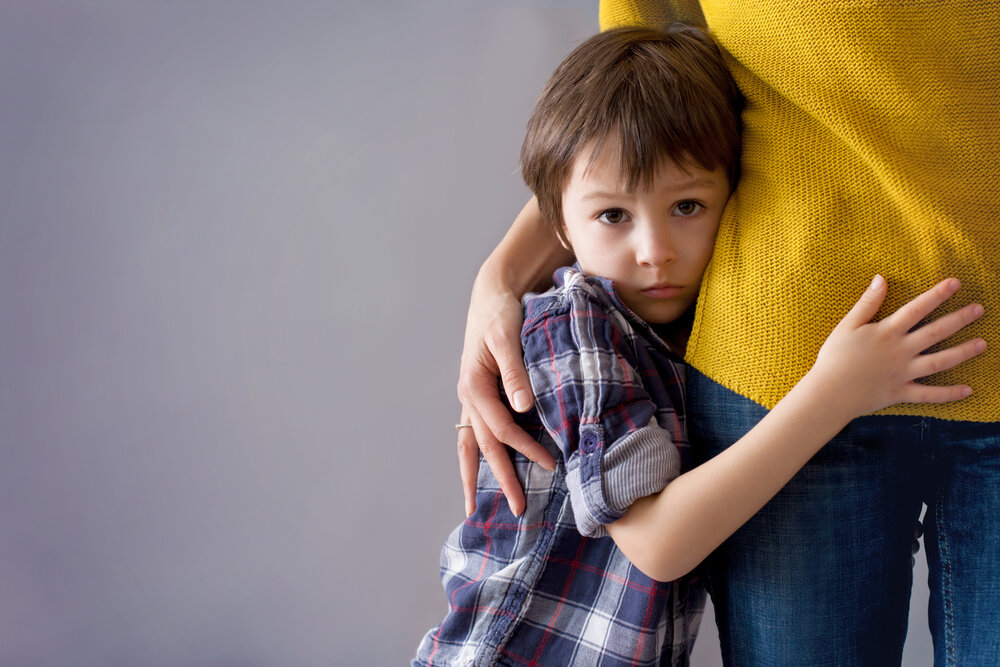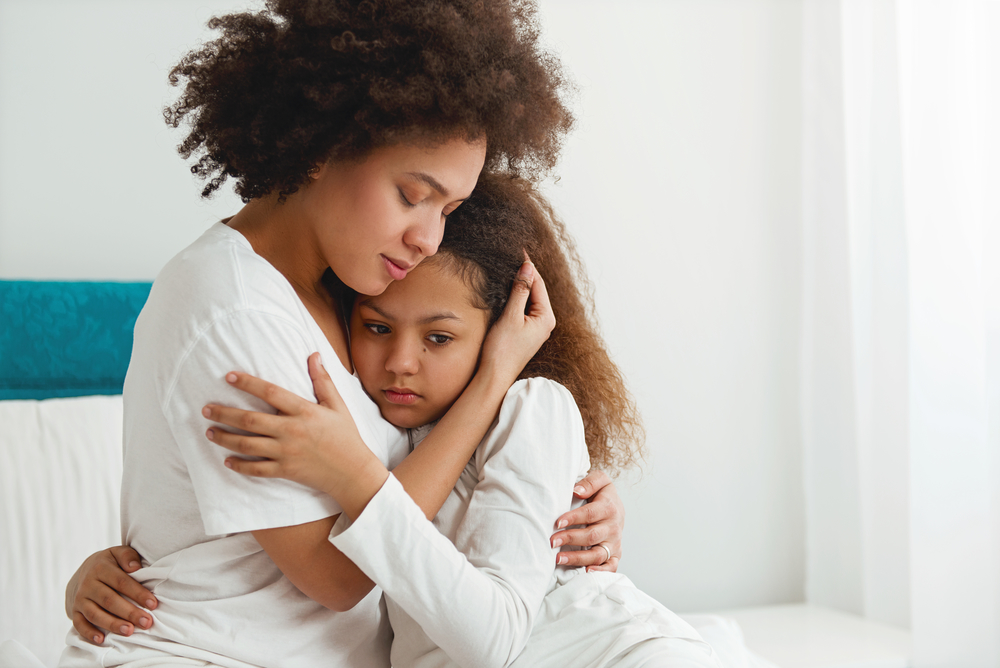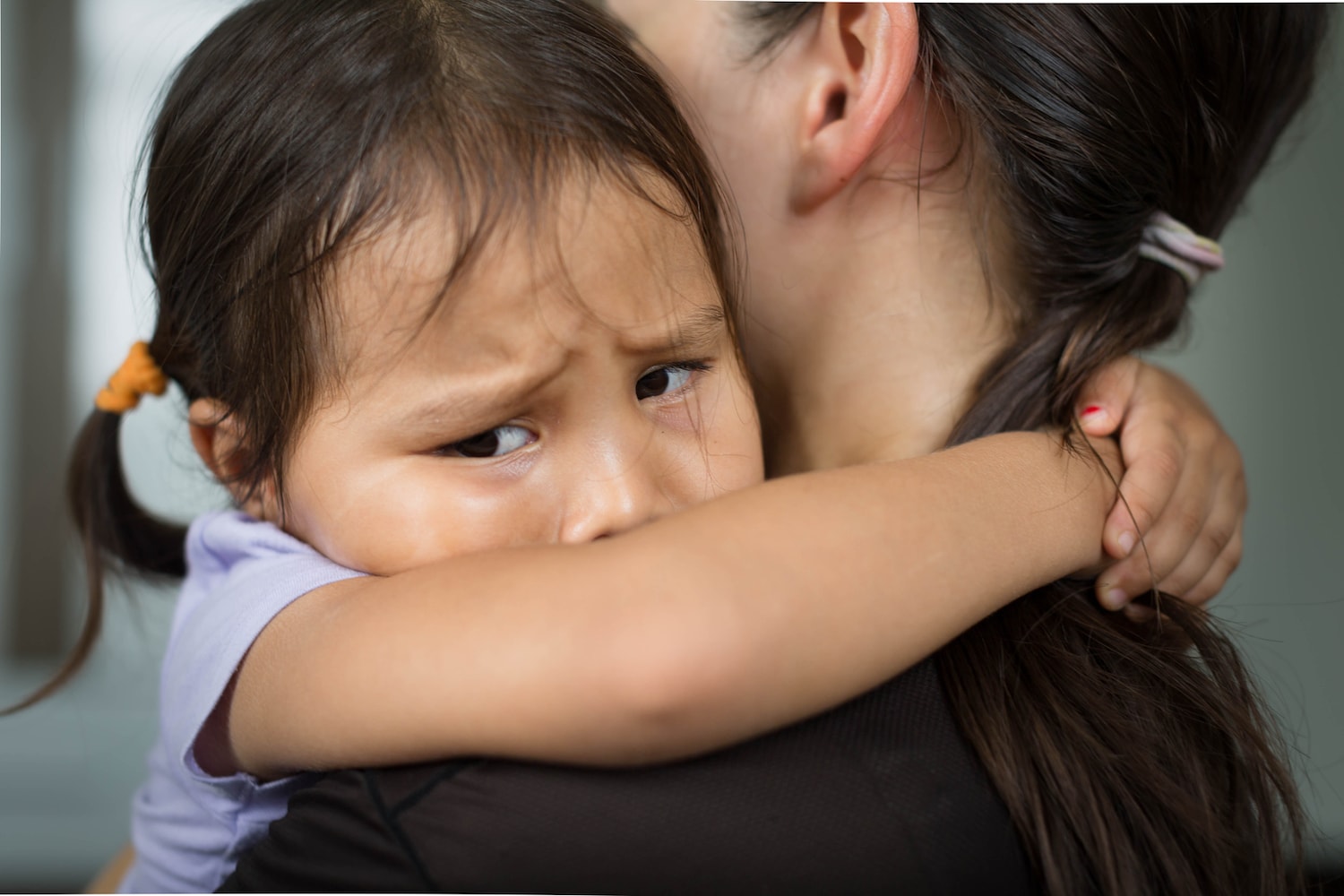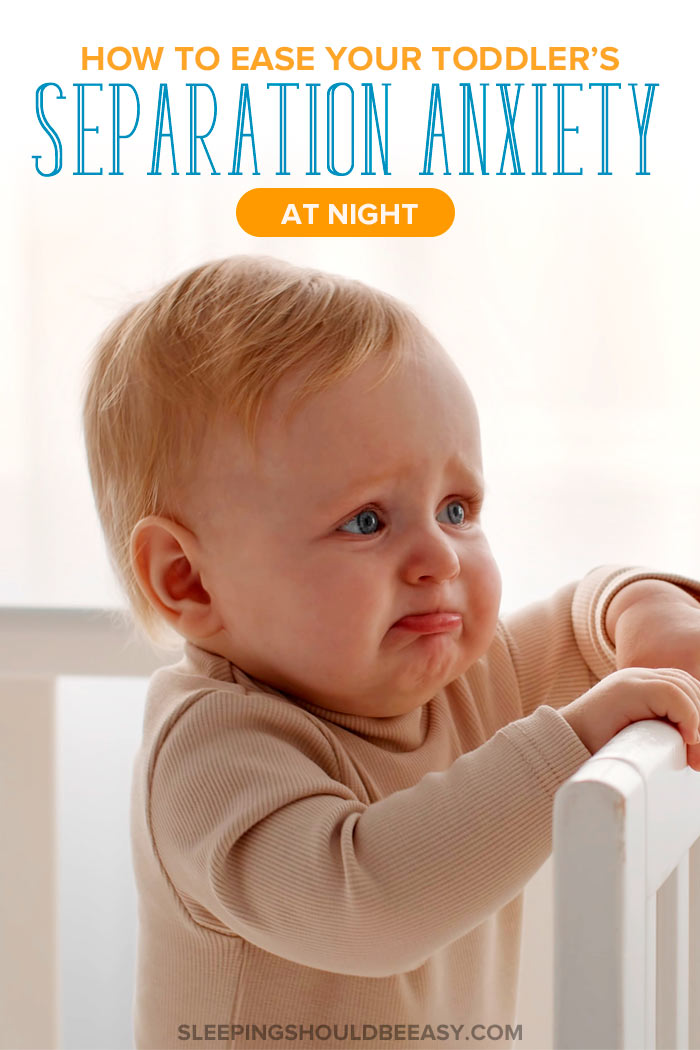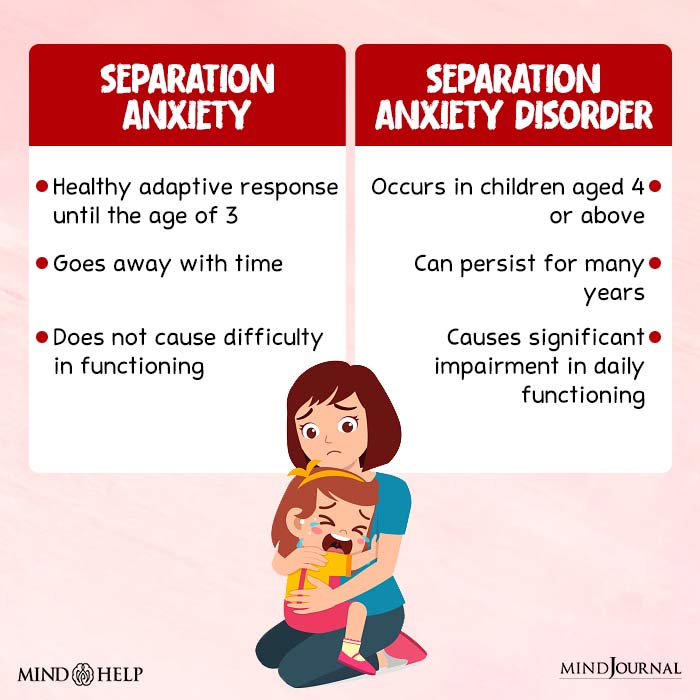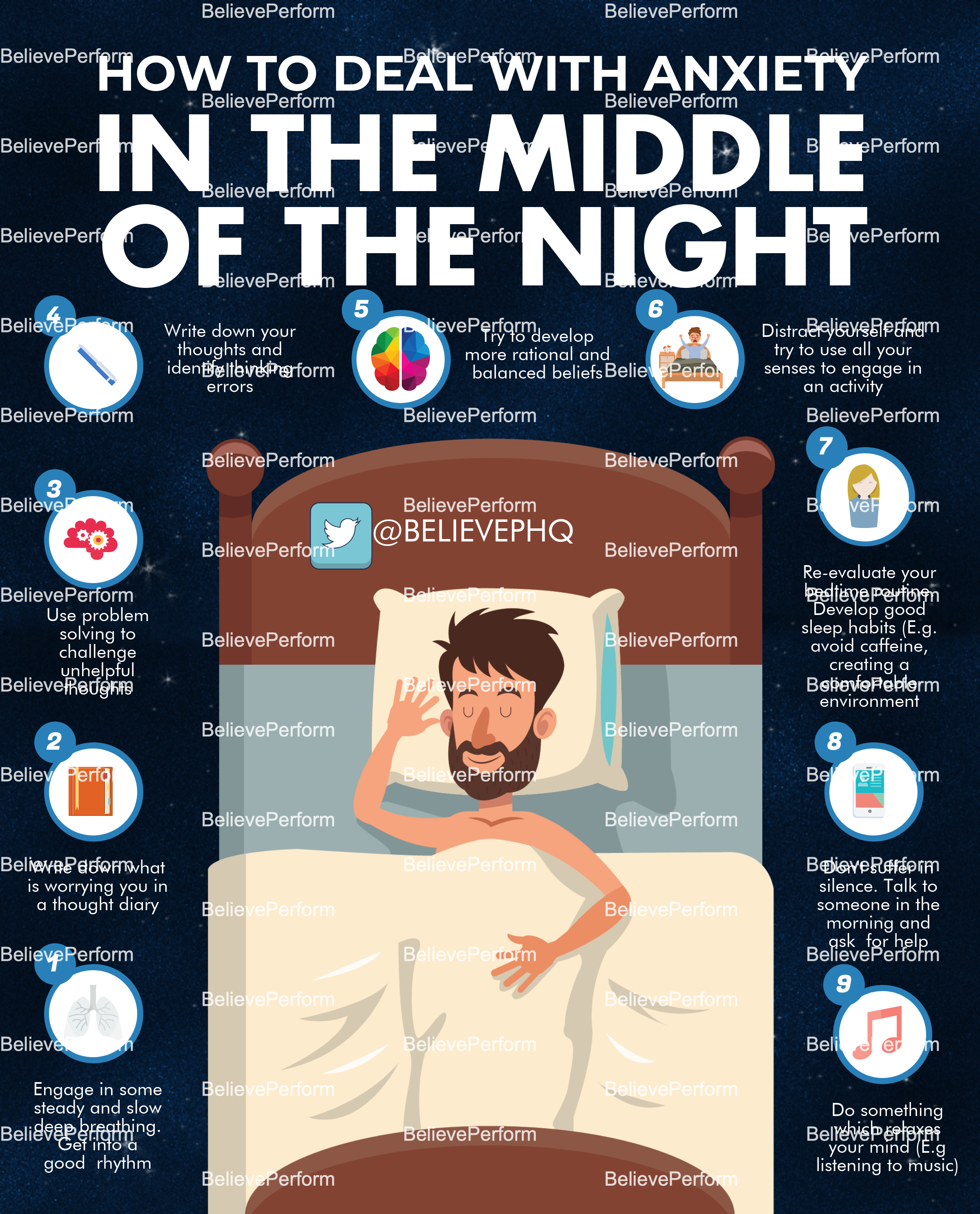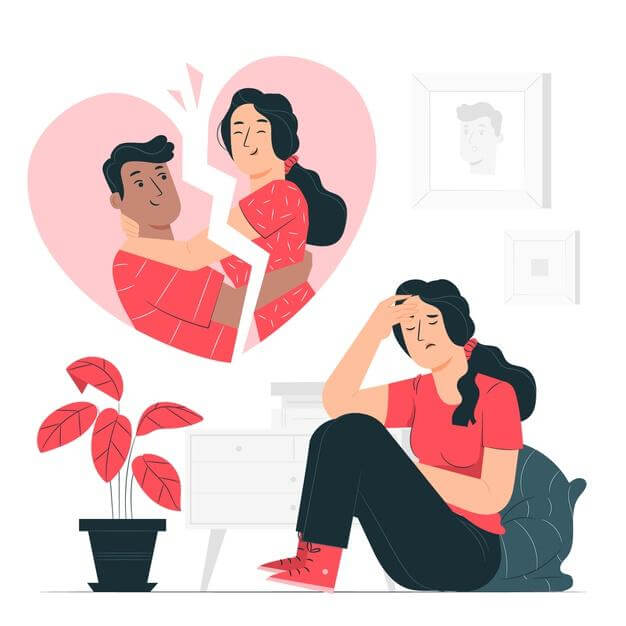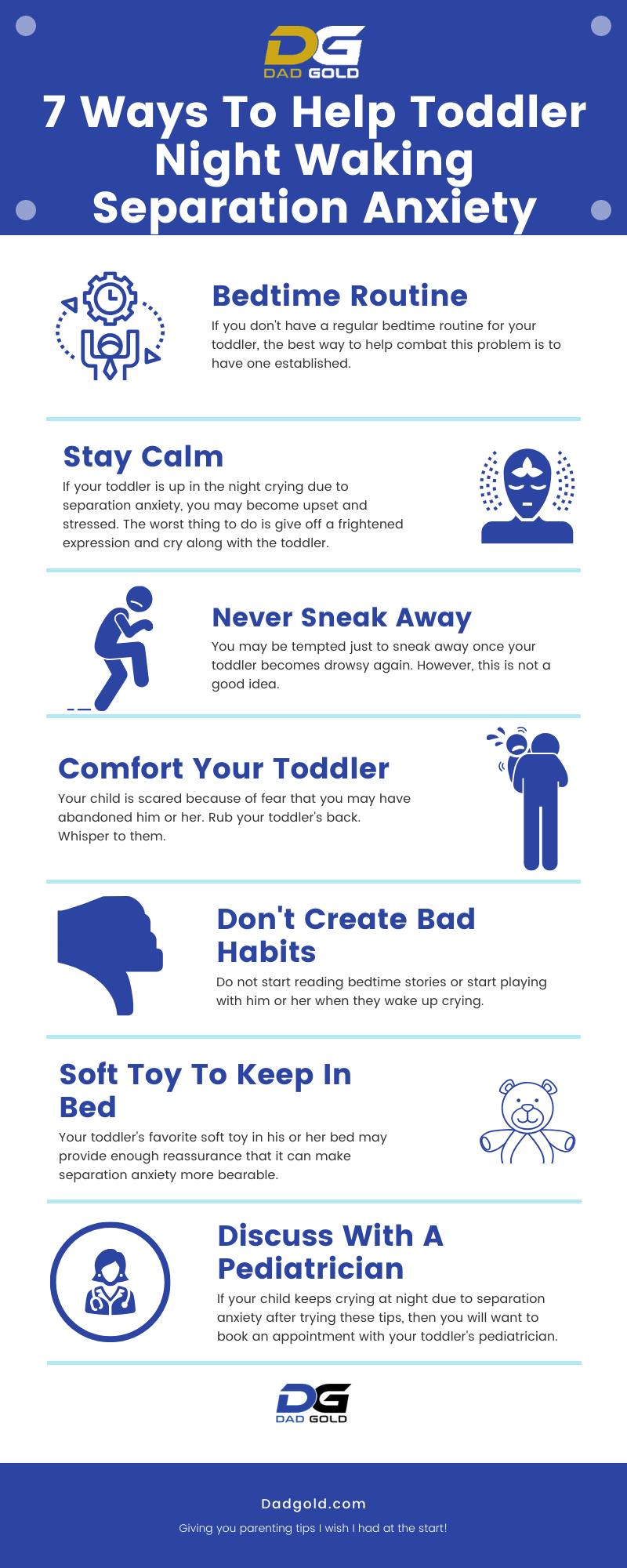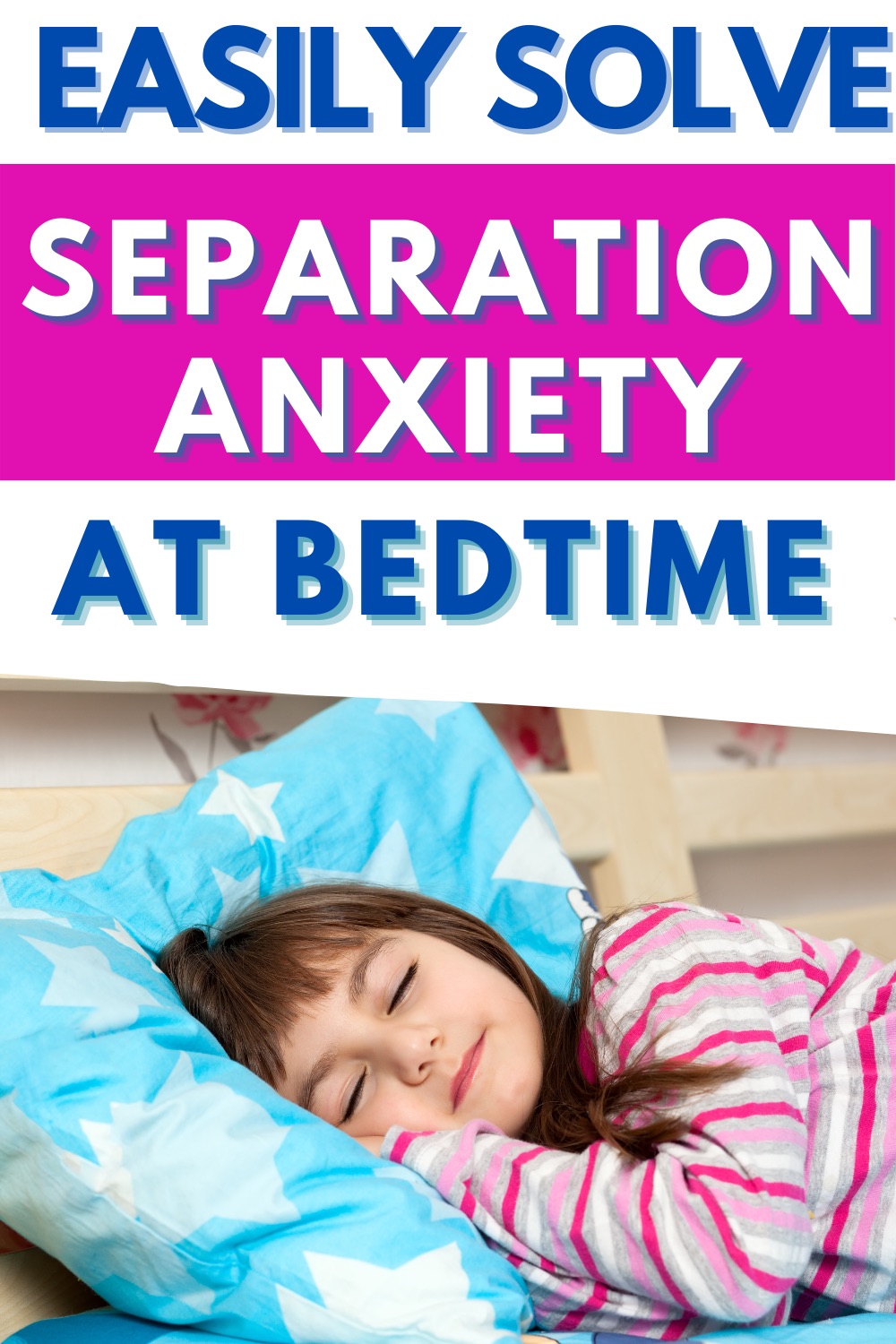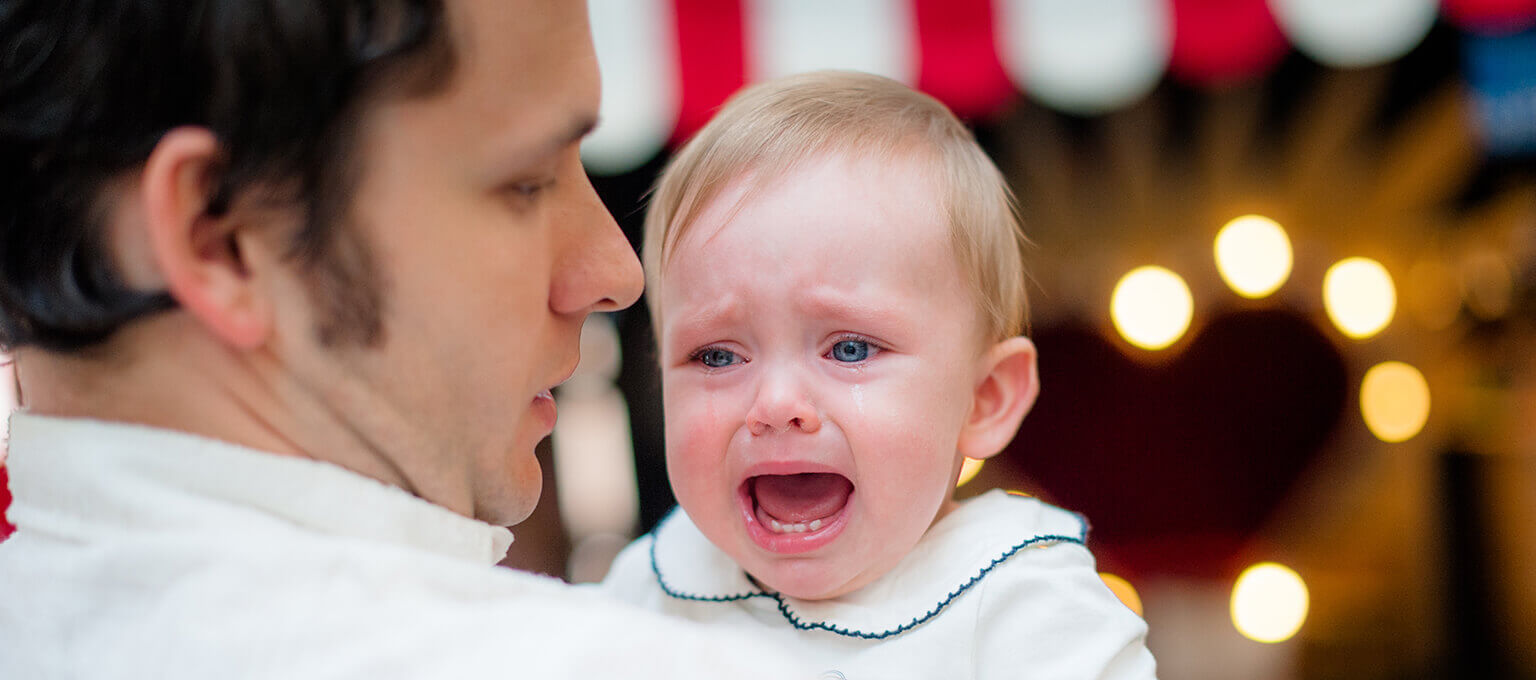Out Of This World Tips About How To Deal With Night Time Separation Anxiety
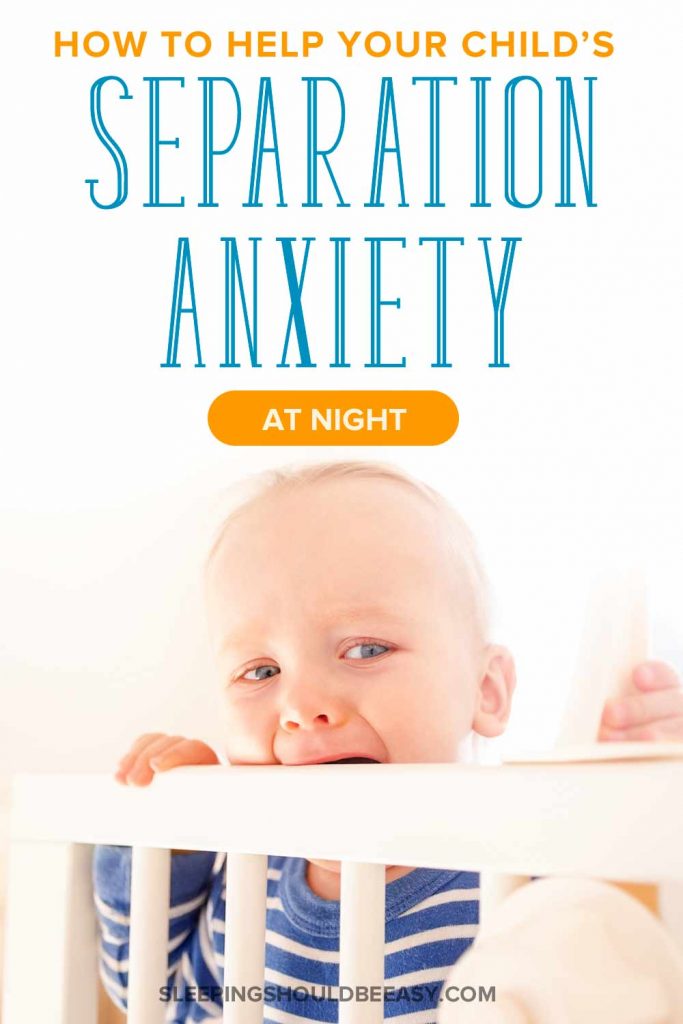
To deal with separation anxiety as a whole, here are a few steps that you can take:
How to deal with night time separation anxiety. If bedtime is too late for example, your baby becomes overtired and their melatonin. How to handle separation anxiety in toddlers at night. If separation anxiety continues into adulthood, you’ll be diagnosed with adult separation anxiety disorder.
There are many ways to handle your child’s separation anxiety in a way that helps build their coping. Separation anxiety disorder (sad) is a mental health diagnosis consisting of extreme fear of separation from home or caregivers and other loved ones.
Psychotherapy, sometimes called talk therapy or psychological counseling, involves working with a therapist to reduce separation anxiety symptoms. Establishment of a routine creating a predictable routine may alleviate some of the stress associated with separation. Symptoms of anxiety disorder in children and adults.
Some common techniques include: A baby who’s deep in the throes of separation anxiety certainly won’t want to be left alone to nap or to sleep all night. Separation anxiety isn't only present in children.
And this makes sense. Adults can also suffer from it, which can be very serious. Make saying goodbye a positive time when you leave your baby, however sad or worried you may be feeling, smile and wave goodbye confidently and happily, otherwise they will.
If you see separation anxiety at bedtime or nap time or your little one cries when you enter the nursery, be sure to spend time in your child’s room during awake. This means ample number of naps, appropriate wake times and bedtime.
